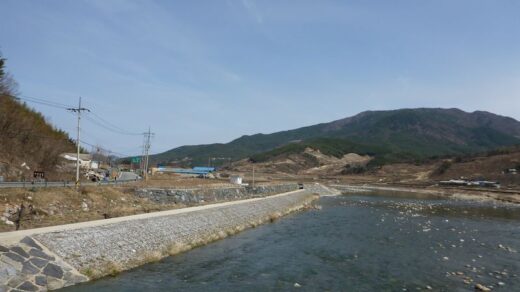By now (if you've been reading my past tips here, here and here!), you should know that Korean punctuation doesn’t always match English punctuation.
Another aspect of Korean writing that doesn’t jive with English is CAPITALIZATION.
In fact, Korean has no concept of capitalization whatsoever. It’s no more possible to capitalize a Korean word than it is to write English in hieroglyphics.
So, what is a translator to do when an English source text emphasizes information by capitalizing every letter in certain words and this extra impact needs to be conveyed in the Korean translation?
Here are the options: underline it, bold it, increase the font size, switch to a different color or italicise it… or try a combination!
Korean Translation Tip #1 - If capitalization is used in an English document to emphasize certain text, then the Korean translation will have to use a different method to achieve the same result; there’s no way to capitalize Korean.
This capitalization aspect can impact a Korean translation in another way, too.
Sometimes certain words in a Korean translation are left in English. Perhaps it's because a very technical term is best communicated in English (even within a Korean translation) or is translated but also provided with the English term following in parenthesis (ex: the words "costochondritis" or "Creutzfeldt-Jakob disease" in a medical text for physicians). Proper nouns, such as company names, are often left in English. And occasionally a certain English word or phrase is just considered really cool for a Korean readership (ex: "Gangnam Style").
However, a Korean translator may not be clear on whether this English should be capitalized or not, especially if it was not capitalized the same way everywhere in the source text due to English rules of capitalization.
And since capitalization isn't a part of the Korean language, Korean writers don't naturally think of it as important. In fact, sometimes it really isn't important if words are just being left in English but not connected to an English grammatical structure.
The upshot is that it's not uncommon to find English words in a Korean translation capitalized inconsistently.
It's unlikely that any Korean reader would ever notice or care but to the eyes of an English-speaker, this issue stands out like a sore thumb.
Therefore, when proofing a Korean translation, the final polishing step should consider consistency of capitalization and this is one matter I pay particular attention to when reviewing the work of my translation teams.
Korean Translation Tip #2 – The capitalization of English words interspersed in a Korean translation is likely to be handled inconsistently, even by otherwise careful and competent translators. Try to check for and correct this in the final document proof.


